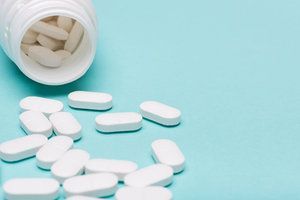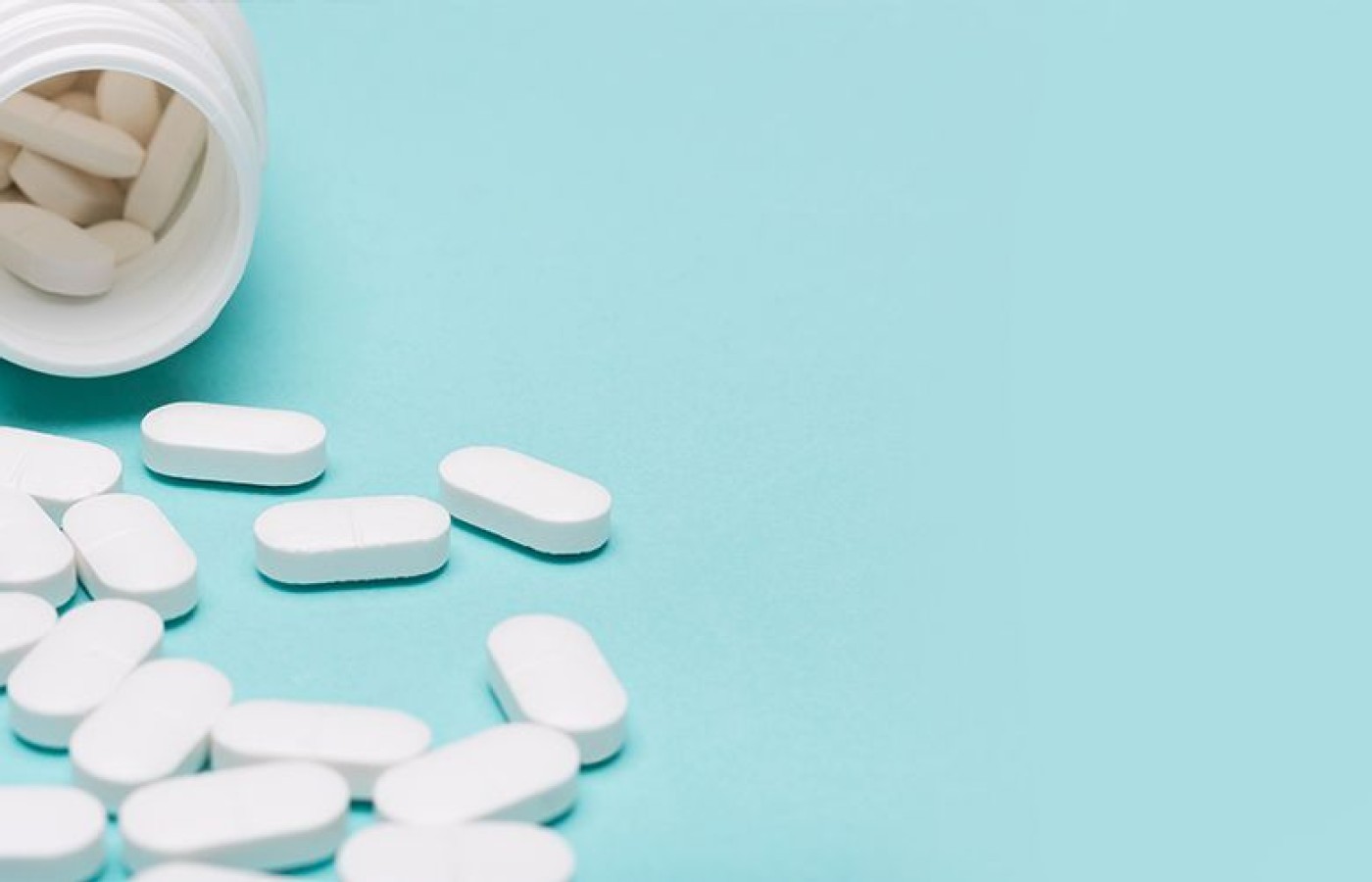Whether you accept it, avoid it or live somewhere in between, insurance coverage has become a defining issue for our profession. Patients increasingly expect to use their benefits, practitioners want to be compensated fairly for their time and expertise, and the system itself remains – at best – fragmented. The encouraging news is that coverage has expanded in meaningful ways. The challenging news is that reimbursement, across the board, remains inadequate.
The Opioid Crisis Hits Home: An Acupuncturist's Inside Perspective of Addiction Treatment
My husband and I have four grown children, but we still sleep with a phone next to our night stand just in case they need us. But nothing could have prepared us for a 1 a.m. call in 2017 when the police informed us that our grown son had overdosed and was found off of an interstate ramp. It had taken three doses of NARCAN to save him. Our family was suddenly thrust into the opioid crisis.
Our son (my stepson), wasn't who most people picture as a heroin addict. He had a college degree, a great job, a wife and newborn in a beautiful house in the suburbs. But opioids do not discriminate along socioeconomic classes; and opioid addiction is affecting countless families just like mine across the nation and beyond.
Met With Opposition
As an acupuncturist, I had been ready to spring into action. I have decades of experience and spent many years practicing acupuncture in a pain clinic where the doctor refused to prescribe narcotics. I was well-versed in non-medicated opioid withdrawal procedures, including acupuncture and herbs to reduce pain, ease stress, and put each patient on a path to wellness.

However, my good intentions were thwarted by extended family. As licensed acupuncturists, we are all too familiar with well-intentioned skeptics. Having been involved with natural medicine for over three decades, I am used to push-back from non-believers. The incorporation of all-things-natural into cultural popularity is a rather new phenomenon for an elder healer such as myself. But my husband's ex-wife and her family wanted real treatment for their son. So he got it and was forced to stop cold turkey, and as a result suffered inhumane withdrawal symptoms in a demoralizing setting. The symptoms: vomiting, insomnia, emotional upheaval, muscle spasms, and sweats, go on for days.
The "cold turkey" technique is used by most drug rehabilitation centers, so it is no wonder that addiction centers are not getting good results in the face of this opioid epidemic. Another technique includes replacing one addiction with another, as in the case with prescribing methadone or Suboxone. Like most patients addicted to opioids, it took 6-7 times in and out of rehab centers before our son experienced a full sober month.
At the end of one of his lapses, he came to stay with my husband and me, and I was able to treat him twice a day for 4-5 days. He had a full emotional break-down and threatened suicide after having realized that he had lost everything: his wife, access to his child, his job, his home. After only two treatments he was emotionally stable. He only suffered mild symptoms of withdrawal compared to his other detox experiences. Unfortunately, since he did not live close by, and had to return to the stresses of real life, he relapsed yet again.
An Evidence-Based Tool
So my goal was to create an evidence-based tool with a customizable program that would empower acupuncturists, patients, and family members of those affected by opioids. This is a very difficult condition to address and it cannot be successfully resolved without the full cooperation of every person in an addict's life. Even a little push-back from an uninformed loved one, or medical professional, can result in the failure of recovery. For this reason, I found hundreds of references to recent studies demonstrating the effectiveness of acupuncture therapy in the fight against the opioid crisis.
When I perform acupuncture to help someone dependent on opioids, I use the common protocols that you all know:
- Calm the Shen
- Normalize the correct flow of Qi
- Resolve the pain
- Dispel Wind
- Support and balance Energetic Organ Systems
The order in which you treat a patient is very important. If patients going through withdrawal are not first calmed down, you may not make it through the first treatment. You don't want patients to become sick, so you must quell any nausea if they present with rebellious qi (often rooted in Liver Qi Stagnation).
If they are in pain, they are stressed out, so follow your basic training for pain relief early in the treatment plan. Often soothing the Liver is enough to calm internal wind, however, symptoms of spasms and muscle cramps may sometimes evolve after a new patient has left your office. Therefore, proactively using points for internal wind is a good idea, even if the patient does not have shaky hands, or twitches yet.
Incorporating Herbs
Herbs are also used within the strategy using the same protocols, including those that support the organs responsible for detoxification. I may use cold toxin reducing herbs for these patients for the first few days (any more than week might compromise their Spleen Qi). If patients are under the care of a doctor, we work together to wean patients off of their opioids reducing the dose by one-fourth per week. In rare situations, patients will come in for treatments four times the first week, three times the second and third weeks, and twice per week as needed. But more likely, they are doing a rapid detox where they come in for treatments twice per day.
With a fully compliant patient who is using restorative herbs and makes their appointments as recommended, it takes up to six months for a full recovery. This is because those who misuse opioids are notoriously malnourished. The opioids themselves cause a poor appetite and their lifestyle does not allow for nourishing foods. This results in massive organ level imbalances and deficiencies. Additionally, opioids are metabolized through the liver, and opioid toxins damage the brain's neurotransmitters.
Our son had argued that after four days, the opioids were out of his system and therefore he was physically cured. But chronic abusers have some level of brain damage, so healing goes well beyond the outer appearance. If I were to call out one herb specifically, I would implore you utilize dan shen (red sage root) in your herbal protocol to reverse brain changes due to opioid misuse.
These are general treatment protocols, but some patients may only have a slight dependency and won't require this length of treatment. Practitioners would be expected to assess the patient and unique situation as always. The opioid crisis is tragic, but some good can come of this calamity.
We, as licensed acupuncturists, have a rare opportunity to break down previous constraints and pre-conceptions. Acupuncture is now being seen as the preferred treatment protocol for opioid avoidance and treatment. We are being actively recruited by hospitals and are being placed in recovery rooms, as well as emergency rooms. It is an exciting time to be a licensed acupuncturist!



